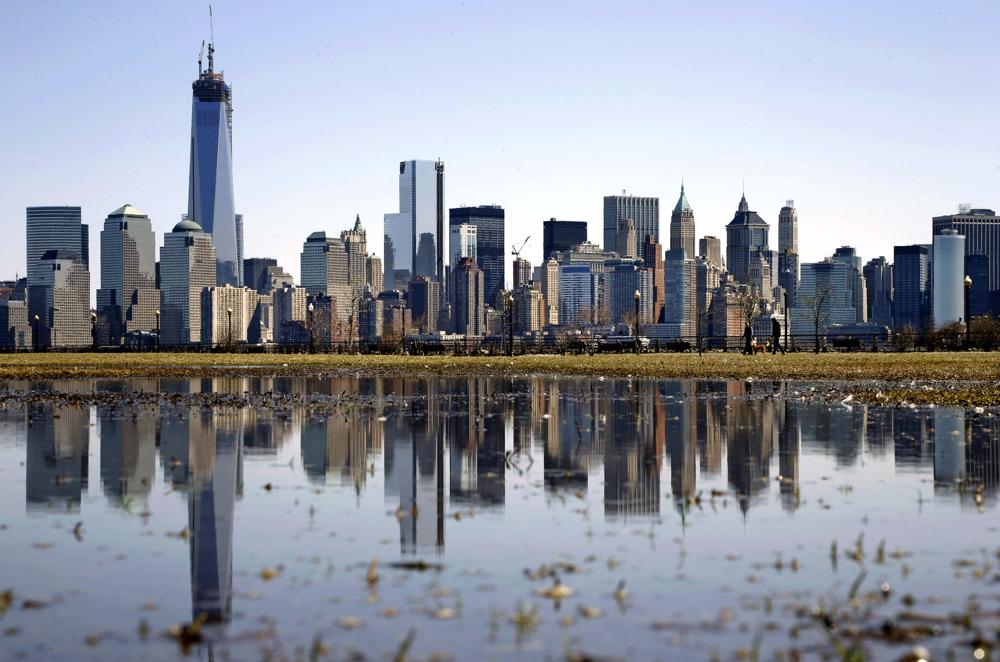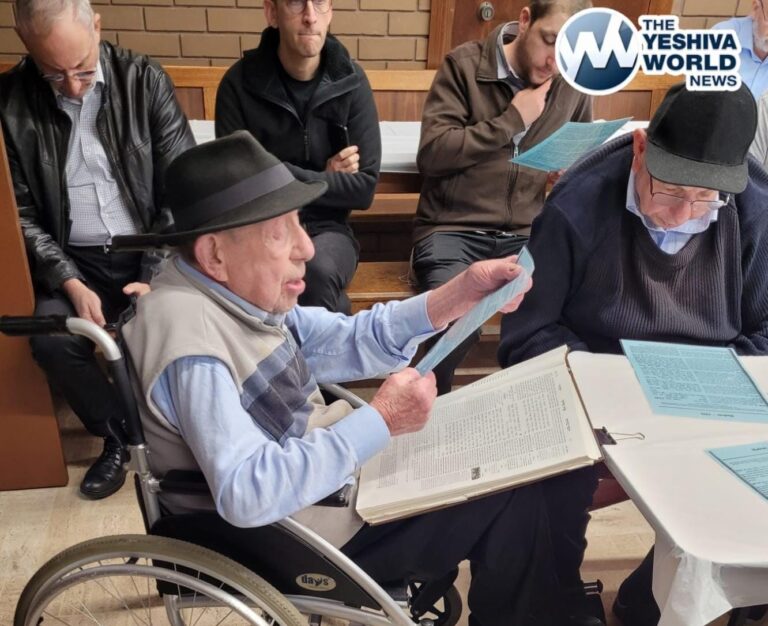Nearly three-quarters of all families in the United States cannot afford to buy a new single-family home at the nationwide median price of 426 thousand dollars. Of course, many US cities deal with home prices far in excess of that halfway point.
New York and San Francisco are cities known for their abundant job markets and metropolitan populations. They’re also included on the list of the country’s two most challenging housing markets. In the current economic climate, additional financial pressure on housing pushes some working Americans out of the cities, regardless of their employment status.
A recent study by Portland Real Estate analyzes data from the National Association of Realtors, the US Census Bureau, and the Bureau of Labor Statistics to assess the ratio of new job openings per building permit to gauge the housing shortages in metropolitan areas.
Beyond Building Permits
The Portland Real Estate study ranked cities based on a ratio of job growth-to-building permits to illustrate the imbalance between the number of individuals the area is looking to recruit for employment versus available homes. The study focuses on the number of new jobs for every single building permit issued.
Job markets in some areas of the country may be bouncing back from the layoffs of recent years, but that doesn’t necessarily translate to affordability in other regions. With continued housing inventory issues across the country, landing a better job may not be the ticket into the housing market.
Where are the U.S. hotspots for limited housing inventory? Likely different from where you’d expect.
Cities With Highest Job Growth-To-Building Permit Ratios
New York City claims the top slot as the city with the highest ratio, at 31.4 jobs created for every building permit. Despite an abundant job market, this denotes a severe housing shortage in the city. A surge in new job offers increases demand for rentals, pushing housing prices up and making it more and more difficult for residents to secure affordable housing.
San Francisco takes second place, with a ratio of 29.2, another example of a growing job market outpacing residential construction in the city.
Springfield, Massachusetts, secures the third-place ranking with a ratio of 26.6 new jobs per building permit, reflecting similar concerns to its first and second-ranking counterparts.
In fourth place, urban Honolulu scores a ratio of 25.1, and Syracuse, New York, comes in fifth with a ratio of 21.8.
The other US metropolitan areas featured in the top ten list include Boston, with a score of 20.4; Miami, scoring 20.2, Chicago, at 19.5; New Haven, Connecticut with 19.3, and Los Angeles, with a ratio of 18.3.
These high-ranking cities compare to a nationwide average among all cities of 7.64 jobs per building permit.
Among the top ten ranking cities, three states rank more than once: there are two cities from Massachusetts, two in New York, and two in California. Each of these states boasts strong job markets and high metropolitan population sizes.
The geographic spread of top-ranking cities is also worth noting, with 50% of the top ten located on the East Coast, while 20% are on the West Coast, and the remainder spread across the country.
What House Hunters Can Expect
While it’s hard to predict with any certainty what’s to come for the housing market, rising interest rates and subsequent mortgage rates continue to put pressure on folks looking to purchase in the coming months. Renters in cities with a high ratio of jobs to building permits may continue to encounter stiff competition when applying for housing and inflated rates to account for demand.
Keeping an eye on the Federal Reserve’s interest rate announcements will provide valuable insights into affordability forecasts for the remainder of 2023.
This article was produced by Media Decision and syndicated by Wealth of Geeks.
(AP)











